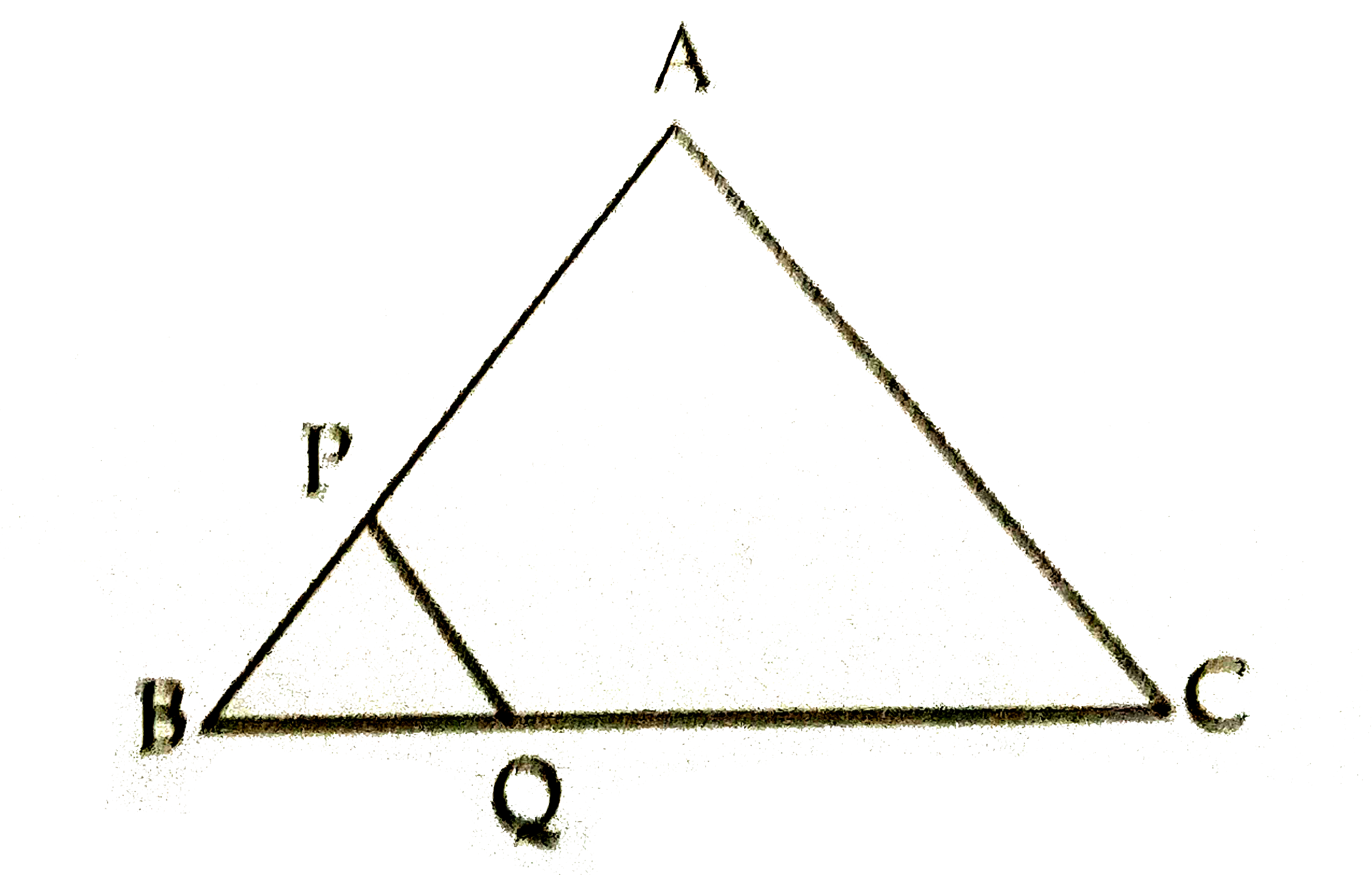which of the following statement is true for this given equation ? A)real and unequal roots B)real and equal roots C)no real roots D)three rootsSolution in Tamil
real and unequal roots
real and equal roots
no real roots
three roots
The correct Answer is:C
Step by step video, text & image solution for sqrt(5)m^(2)-sqrt(5)m+sqrt(5)=0 which of the following statement is true for this given equation ? A)real and unequal roots B)real and equal roots C)no real roots D)three roots by Maths experts to help you in doubts & scoring excellent marks in Class 10 exams.
Topper's Solved these Questions
- BOOK - CHETAN PUBLICATIONCHAPTER - QUADRATIC EQUATIONSEXERCISE - PROBLEMS FOR PRACTICE21videos
QUADRATIC EQUATIONS
- BOOK - CHETAN PUBLICATIONCHAPTER - QUADRATIC EQUATIONSEXERCISE - ASSIGNMENT12videos
QUADRATIC EQUATIONS
- BOOK - CHETAN PUBLICATIONCHAPTER - QUADRATIC EQUATIONSEXERCISE - PRACTICE SET 2.610videos
QUADRATIC EQUATIONS
- BOOK - CHETAN PUBLICATIONCHAPTER - PYTHAGORAS THEOREMEXERCISE - ASSIGNMENT -51videos
PYTHAGORAS THEOREM
- BOOK - CHETAN PUBLICATIONCHAPTER - SIMILARITY EXERCISE - ASSIGNMENT-112videos
SIMILARITY
Similar Questions
If x=9 is one root of the quadratic equation x2−11x+k=0, then find the value of k.
03:13View SolutionIf α and β are the roots of quadratic equation 2x2+4x+3=0, then the value of α+β=
03:30View SolutionProduct of Pragati's age 2 years ago and 3 years hence is 84. Find her present age.
03:39View SolutionSolve the following sub question :
In an equilateral triangle ABC, the side BC is trisected at D. prove that 9AD2=7AB202:34View SolutionSelect the appropriate alternative : In the adjoining figure ,PQ∣∣AC.BP=6,PA=8,BQ=9 , then QC = ……………
 00:51View Solution
00:51View SolutionIf a+b+c=0, then the equation 3ax^(2)+2bx+c=0 has (i) imaginary roots (ii) real and equal roots (ii) real and unequal roots (iv) rational roots
03:04View SolutionNumber of real roots of the equation ||x-1|-3|=sqrt(5) is/are
04:43View SolutionIf f(x)=x has non real roots, then the equation f(f(x))=x (A) has all real and unequal roots (B) has some real and non real roots (C) has all real and equal roots (D) has all non real roots
02:02View SolutionIf 0<α<β<γ<π2 then the equation 1x−sinα+1x−sinβ+1x−sinγ=0 has (A) imaginary roots (B) real and equal roots (C) real and unequal roots (D) rational roots
03:16View SolutionThe quadratic equation 2x2−√5x+1=0 has
(a) two distinct real roots (b) two equal real roots
(c) no real roots (d) more than 2 real roots02:01View SolutionThe number of real roots of the equation
√1+√5x+5x2+√1−√5x+5x2=4 is02:11View SolutionIf 2+iand√5−2i are the roots of the equation (x2+ax+b)(x2+cx+d)=0 where a , b , c , d are real constants then product of all roots of the equation is -
03:15View SolutionWhich of the following is/are CORRECT
. A) If one root of the equation x2−√5x−19=0 is 9−√52 ,then the other root is −9+√52
B) If one root of the equation x2−√5x−19=0is 9−√52 ,then the other root is 9+√52
C) If one root of the equation x2−ix−(1+i)=0,(i=√−1) is 1+i find the other root -1
D) If one root of the equation x2−ix−(1+i)=0,(i=√−1) is 1+i find the other root 1-i02:05View Solutionज्ञात कीजिये कि क्या निम्नलिखित समीकरणों के वास्तविक मूल है । यदि वास्तविक मूल है, तो उन्हें ज्ञात कीजिये।
x2+5√5x−70=005:02View Solution√5m2−√5m+√5=0, Which of the following statement is true for the given equation? a)Real and unequal roots b)Real and equal roots c)No real roots d)Three roots
01:22View Solution

